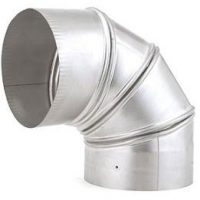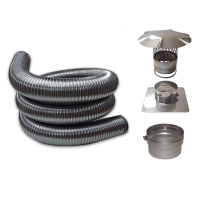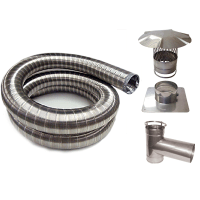The outside temperatures have dropped. It’s time to check your fireplace.
Thanksgiving has come and gone, and Christmas is just around the corner. Have you checked your fireplace?
Homeowners are starting to order cords of wood, and getting their fireplaces ready for a fire. Some owners are even checking chimneys for bird nests.
A beautifully lit fire in the fireplace can add so much to your living area. But in order to have a safe fire, chimney maintenance is important.
At least once a year, you should have your chimney checked and cleaned if necessary, by a chimney professional. If you heat with wood, or if special circumstances of your chimney system warrant it, it may be wise to have the chimney checked more frequently.
“The best time to have your chimney checked is every year before the burning season,” says Chris Sparks, sales manager of The Mad Hatter, a chimney cleaning company.
Although we are well into the burning season, if you haven’t maintained your chimney, it’s a good idea not to wait. A chimney fire can easily destroy a house.
Chimney fires are serious. A hot, destructive chimney fire sounds like a freight train running through the house, and it’s not uncommon to see 30-foot flames shooting from the chimney top. If there is a chimney fire, get everyone out of the house and call the fire department.
You can avoid a chimney fire by learning to operate your fireplace correctly, and routinely cleaning your chimney. Many times what causes the fire is creosote. Creosote deposits are created from unburned, flammable tar vapors from wood smoke. They are often sticky or hard, and difficult to remove from chimneys. Long, slow burns, or the use of green or wet wood can create these dangerous creosote deposits.
Fire building seems simple, but it’s not like lighting a campfire or firing up the barbecue. Even the most skilled pyrotechnic wizard runs the risk of a major flop by trying to light a fire in a fireplace without knowing about the appliances and the correct way to use them.
A good fire requires not only a functional appliance, but also a good fuel. For the best results, use seasoned firewood – wood that has been stored covered for the better part of a year. Season your wood under cover, but with good airflow.
Unseasoned or green wood has too high a moisture content, and doesn’t burn well. Hardwoods, like oak, tend to be better than softwoods, like pine, since hardwoods have a BTU content, and will give a longer burn time and better performance. (A BTU is a “British Thermal Unit,” the amount of heat required to raise the temperature of one pound of water one degree Fahrenheit).
Believe it or not, super-dry wood – like that pile that’s been out in the shed for decades – isn’t good firewood. This type of wood will burn fast and furious, and it might throw a lot of sparks.
Do not burn anything other than seasoned firewood. Burning treated lumber, painted wood, trash, and such, releases toxic chemicals into the atmosphere (including your home). So recycle your pizza boxes and plastic wrap, and do yourself and our environment a favor.
Newspaper is great for starting a fire, but it’s not a replacement for firewood. Use just enough to start the fire, and recycle the rest. Don’t use sections with color print, as it contains chemicals that are unsafe to burn. Use the plain, black-and-white parts.
Now put down a layer of crumpled newspapers, snug, but not crammed tightly together. You want space for air to get in, or you’ll have a smoldering pile of papers. Put the papers under the grate.
Next, put down a couple of handfuls of small, dry kindling: twigs and small branches are fine, or small splits of wood. Crisscross them in a few layers, to allow air circulation. Don’t be stingy with the kindling. It’s the key to a one-start fire. Then add a few larger splits, and top it off with a couple of small logs. That’s it. Your fire is ready. Before striking the match make sure your damper is open. You may also need to preheat the flue.
The purpose of a fireplace is to provide warmth, comfort and atmosphere. Knowing how to take care of your fireplace can bring you these desired effects, instead of those undesirables, such smoke, foul odors and house fires. It’s all part of taking care of your home.
Helena Hill is a Dallas real estate broker and a contributor to the Flower Mound Homes Weblog.






